Last updated on December 28, 2023

Mana. Love it, hate it, it honestly doesn’t matter. It’s a necessary evil that all of us must keep in mind and take into consideration whenever we play a game of Magic. Getting lands on the battlefield is one thing, but getting the color you need when you need it is a different story. Likewise, you don’t always need a colored mana at the ready all the time. That’s where pain lands come in.
As you can probably tell from the name, pain lands are lands that allow you to use your life as a partial payment for mana. The nice thing about these is that they allow you to keep your tempo (the “do not tap” upon entry) and you don’t always need to use your life to get mana. The colorless mana is just a tap to use, it’s the colored mana that requires a ‘plink.’ There are several different iterations of these, so let’s take a look.
The Original Pain Lands
All of these are the same concept, just with different dual colors.
Ice Age’s Allied-Colored Duals
Apocalypse’s Enemy-Colored Duals
Prices and Where to Find Pain Lands
These lands can be bought just like any other, really. A good thing to note though is that, since they’ve been reprinted several times (more on that in a bit), their prices tend to stay low. As “low” as powerful non-basic lands go, anyway.
At the time of publishing, here are the general prices you’ll probably be paying for them in singles from a seller like TCGPlayer:
- Adarkar Wastes (): $4 to $7
- Battlefield Forge (): <$1 to $2.50
- Brushland (): $2 to $4
- Caves of Koilos (): $<1 to $2
- Karplusan Forest (): $1.50 to $4.25
- Llanowar Wastes (): <$1 to $3.50
- Shivan Reef (): $<1 to $3.50
- Sulfurous Springs (): $3 to $7
- Underground River (): $3.50 to $5.50
- Yavimaya Coast (): <$1 to $4
These won’t set you back much in the long term for a decent set of lands, especially compared to fetch, shock, or any land that was printed in Zendikar Expeditions. Their pricing seems to be on par with check lands in the current market, considering that they’ve been reprinted quite a few times already.
When Should You Use Pain Lands?

Caves of Koilos | Illustration by Jim Nelson
Pain lands have uses in many decks depending on the format that you’re playing. If they are in Standard, they might be one of the only multicolor land options available, so you might be forced to use them. Outside of Standard where options are more plentiful, pain lands are a great choice for more aggressive strategies that aren’t concerned about their life total and just need access to a splash color.
A great example of this is Boros Aggro in Modern or Pioneer. It is primarily a red colored deck that splashes some white cards like Boros Charm.
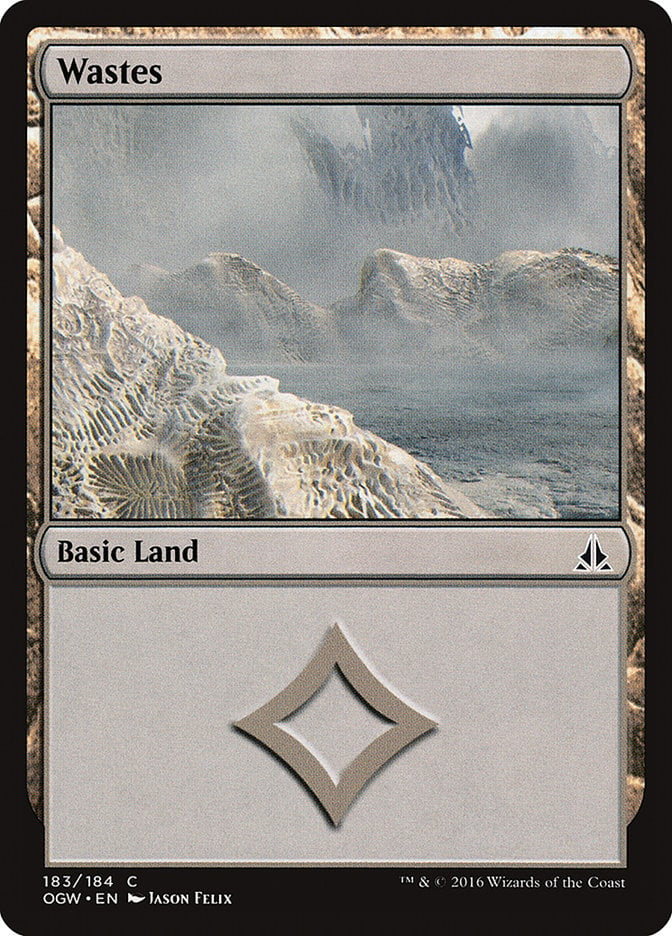
Outside of this, they’re also a really great choice for decks that need to worry about having access to Wastes mana as well as colored mana, such as an eldrazi deck. Lastly, pain lands are solid for decks like Death's Shadow that want to lose life.
Pain Lands vs Other Duals
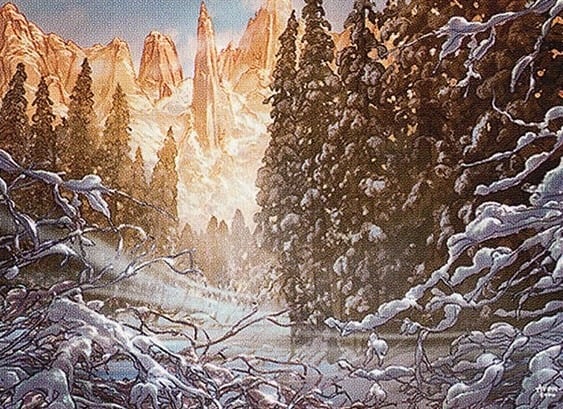
Karplusan Forest | Illustration by John Avon
Pain lands are just one of the many options available for dual-colored lands in Magic: the Gathering. As we mentioned, these lands have their uses, but how do they stack up against the other lands?
One of the big pros of pain lands is that they enter the battlefield untapped, which lets you use them immediately for either color. The big downside is that they have a repeated life cost to use that colored mana.
The main lands that these will be competing against for deck slots are going to be shock lands, fetch lands, check lands, fast lands, and depending on the format, the original duals. Whether or not these make the cut will also depend on the deck. As far as strength goes, pain lands fall pretty far down on the list, with the original duals, shocks, fetches and fast lands typically taking priority over pain lands. Many decks can’t afford the consistent life cost for colored mana over the course of the game, so they fall behind. They do beat out check lands though because they will always come into play untapped, where check lands may not.
Alternatives to Pain Lands

Llanowar Wastes | Illustration by Rob Alexander
If you’re looking for an alternative to pain lands, or want to double up on the effects of them, then there’s a few different options that you can pick up.
Talismans
The talismans from Mirrodin and Modern Horizons are the artifact versions of the pain lands. They have the same effects, but only cost to play. Since they are artifacts, they are easy to slot into any deck as part of the mana rocks package.
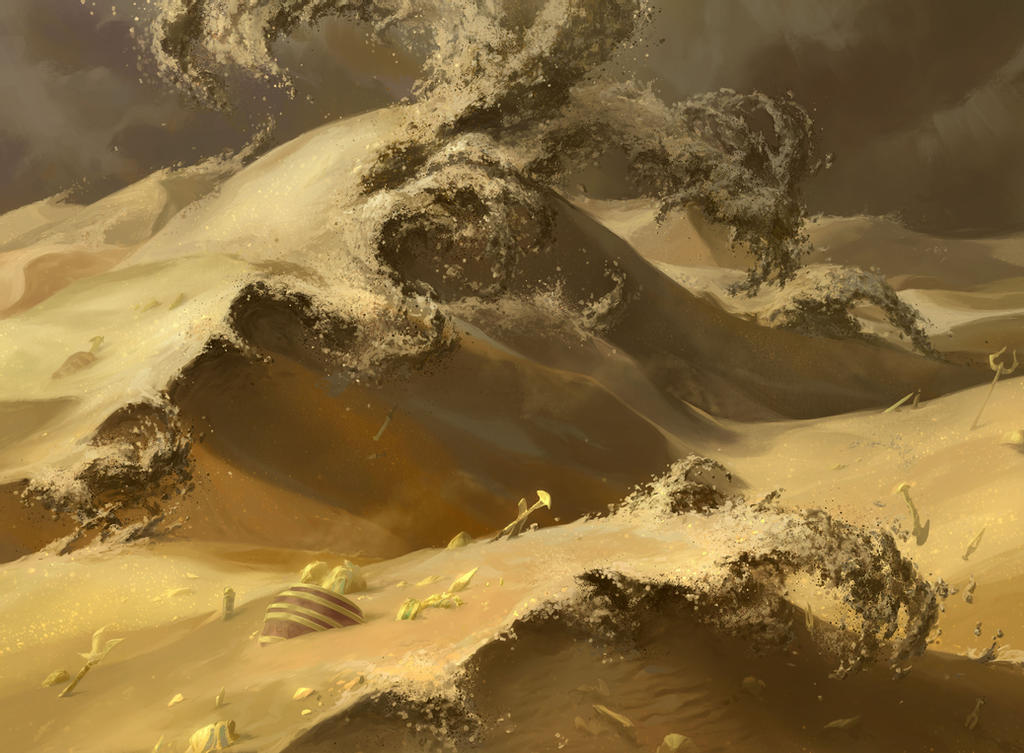
Shefet Dunes | Illustration by Yeong Hao Han
Dual Lands
There are a host of other lands that add two colors that can replace or accompany the pain land.
Battle Lands
The battle lands enter untapped if you control two or more basic lands.
Slow Lands
The slow lands are the same but don’t require the two or more lands to be basic.
Show Lands
The show lands enter untapped if you reveal one of the listed land types from your hand.
Filter Lands
Filter lands let you generate two mana of any combination of the two colors, which can really help your fixing. There’s plenty more, but these are definitely the most popular.
Temple Lands
The temple lands will always enter tapped, but let you scry one.
Can Pain Lands Be Searched?

Underground River | Illustration by Jeff Miracola
Many of the lands in Magic: the Gathering can be searched out of the deck and put right into play. There’s a few ways to do this, whether it be through spells or through fetch lands. If there’s a spell that allows you to search for any land, then a pain land is a valid target. But you can’t search for a pain land with a fetch land because the pain lands don’t have basic land types.
How Do Pain Lands Work?
Pain lands are just like any other land, but they have multiple mana abilities. They’re dual lands that give you two colors of mana to choose from instead of one, but at the cost of one life. However, they can still be tapped for a colorless mana with no life loss.
How Many Pain Lands Are There?
In total, there are 10 total pain lands. Similar to other dual land cycles, the pain lands each have a card that corresponds to each of the 10 two-color pairs or guilds. Five of the colors are allied colors, and five are enemy colors.
Why Are Pain Lands Better Than Things Like Gates?
Pain lands offer the flexibility of providing two colors or a colorless mana right away. Gates always come into play tapped, and for the more competitive decks, the loss of life is minimal considering the colorless mana on a pain land is used maybe 60-70% of the time.
Last Lashing

Yavimaya Coast | Illustration by Anthony S. Waters
With an appropriate name, pain lands can be benefit to any deck they’re in. While they may not be as versatile as fetch lands or have the immediate impact of a check land, they still allow for great tempo and a small cost to use if the color is necessary. Thankfully, these cards have made a return in the current Standard rotation. We’ve seen the emergence of shock lands, so we know people are still willing to pay life to cast cards.
I hope you found some use in our little chat today. Don’t forget to keep an eye out on our blog for more stuff like this, or even consider becoming a Patron. Stay safe out there, and I’ll see you next time!
Note: this post contains affiliate links. If you use these links to make a purchase, you’ll help Draftsim continue to provide awesome free articles and apps.
Follow Draftsim for awesome articles and set updates: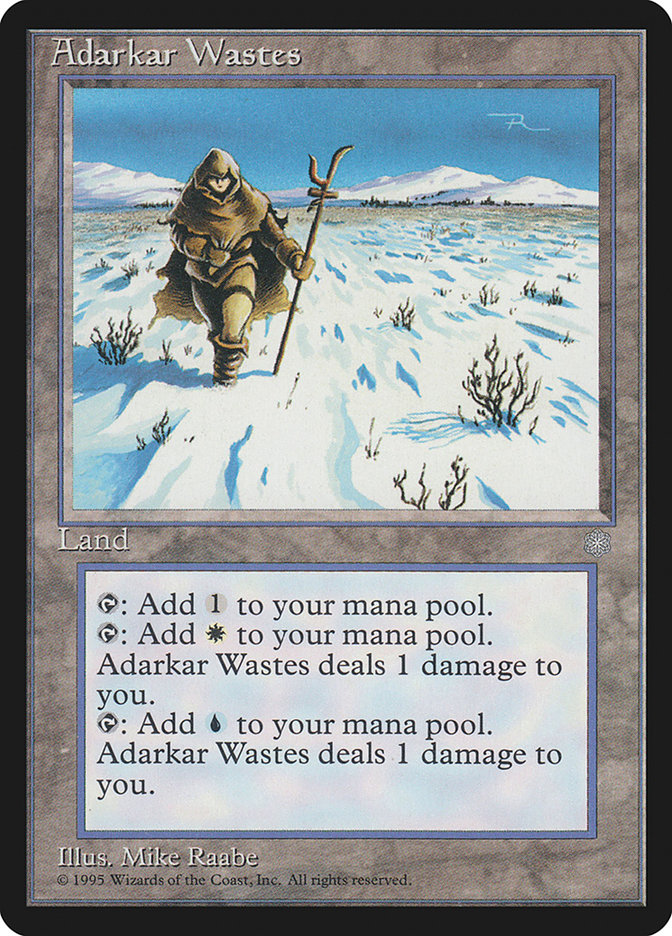

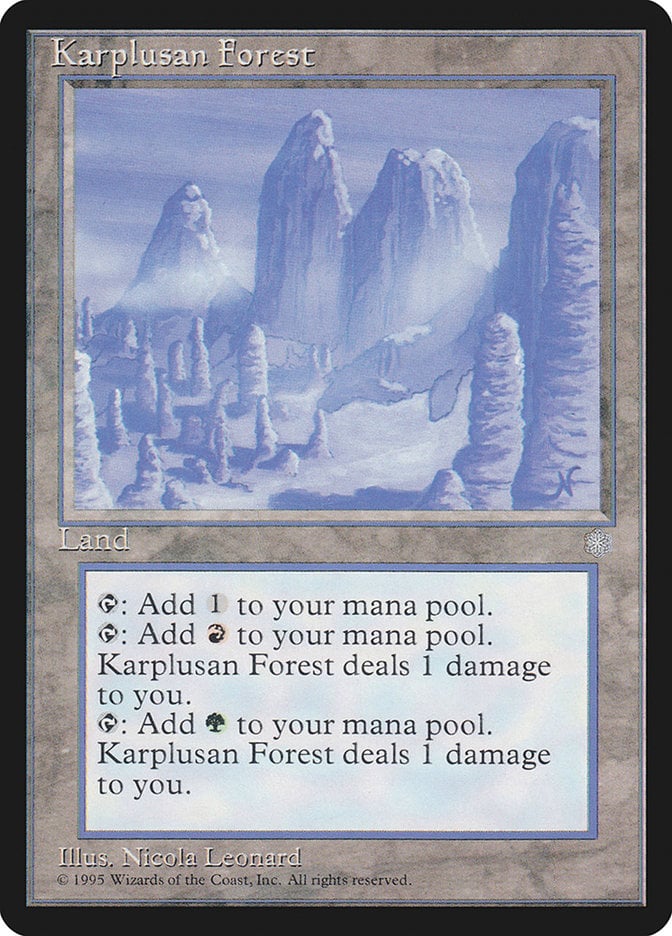
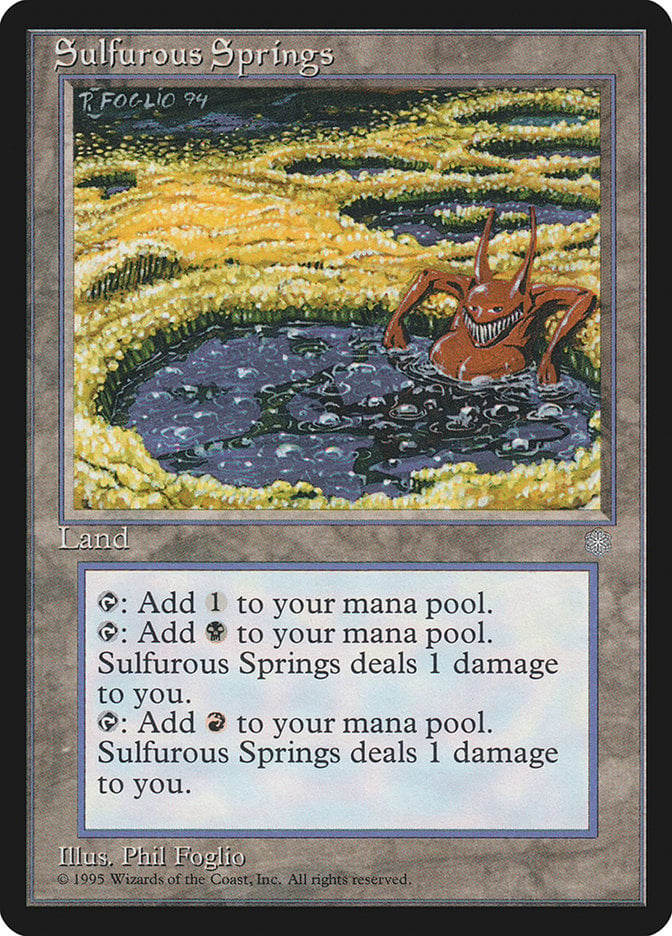

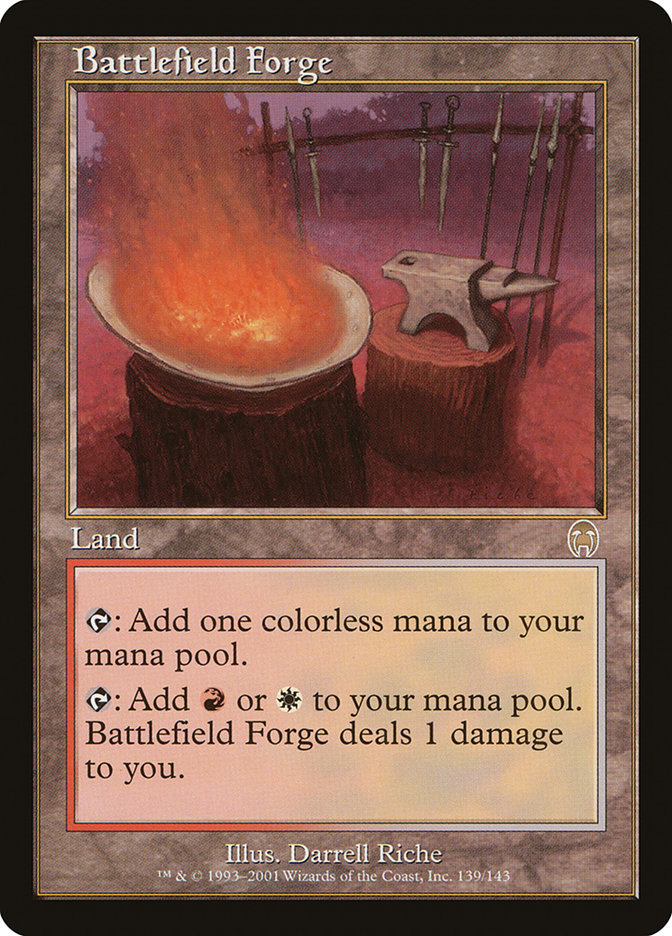
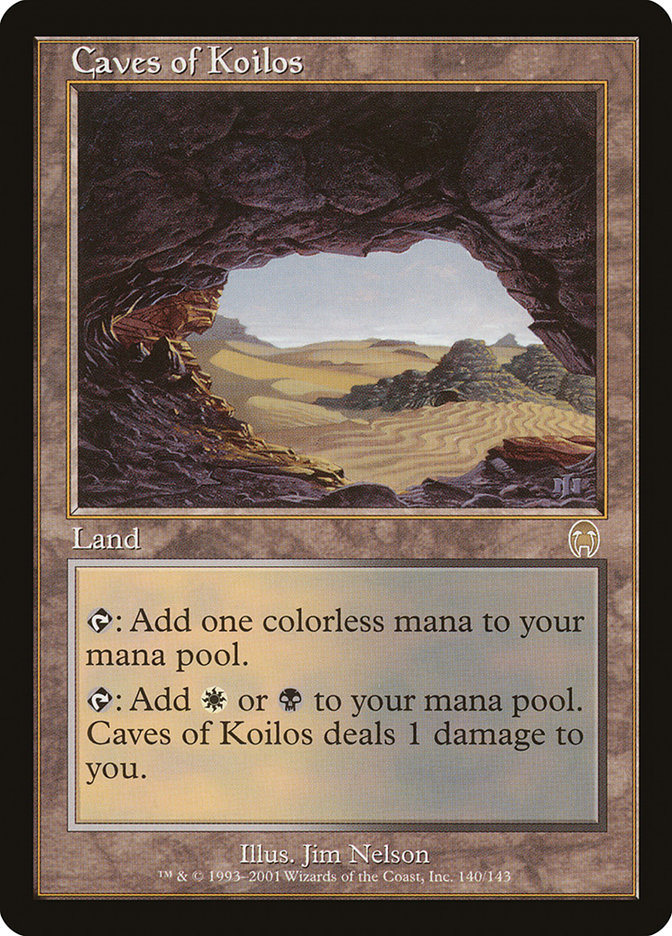
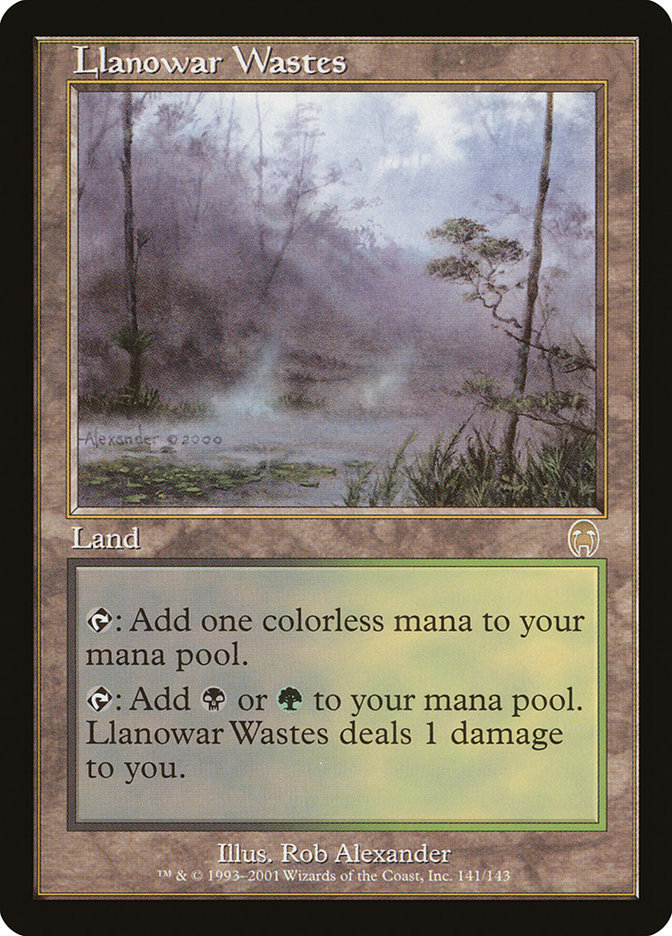

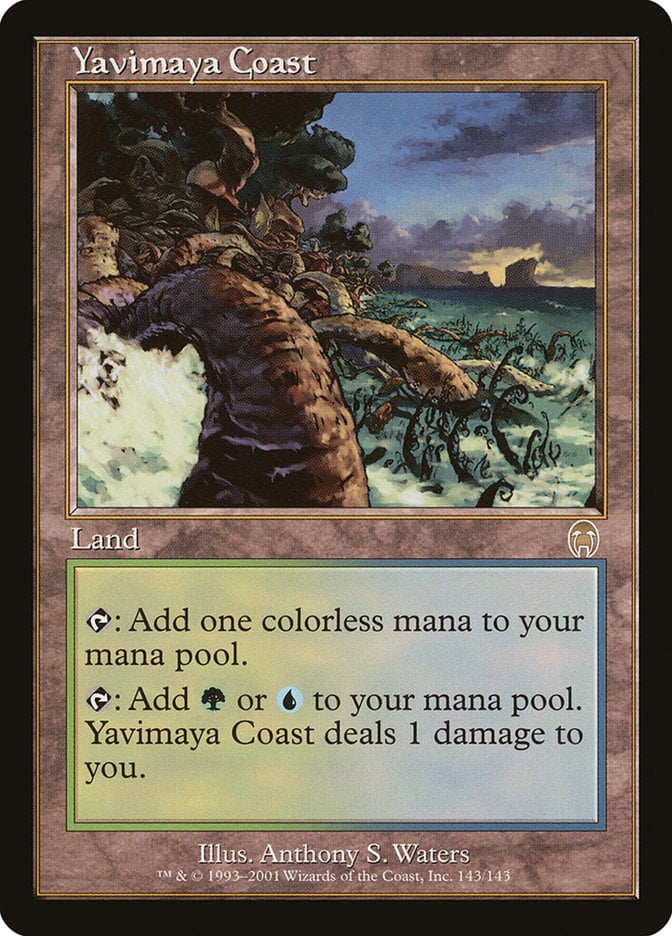










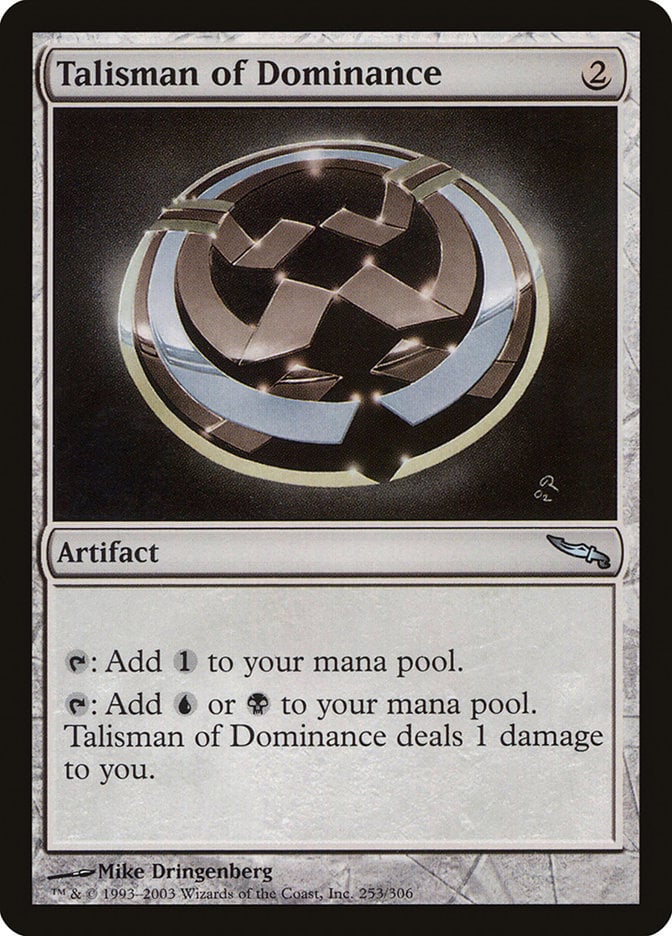
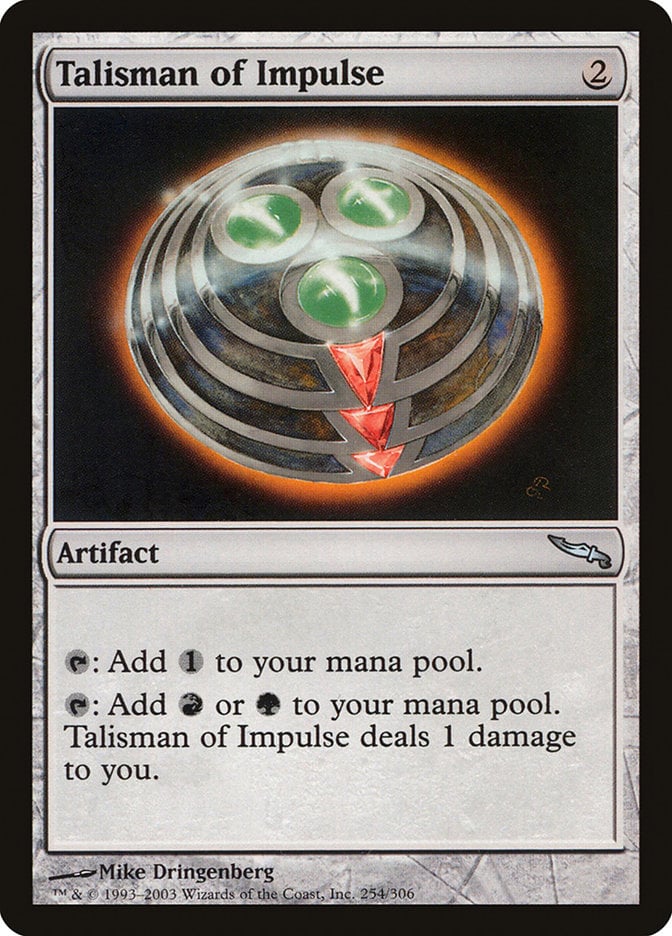

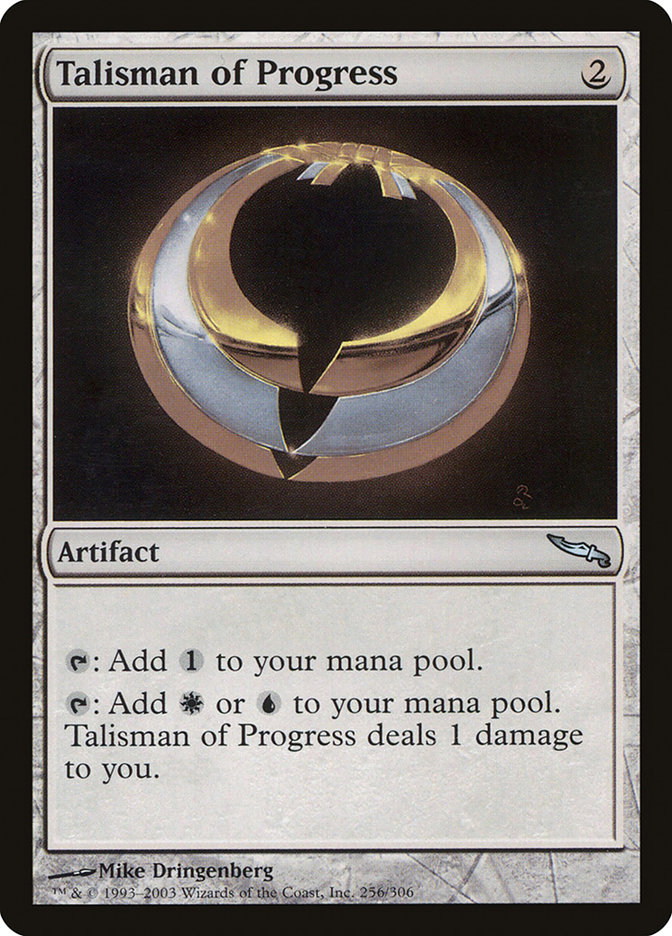
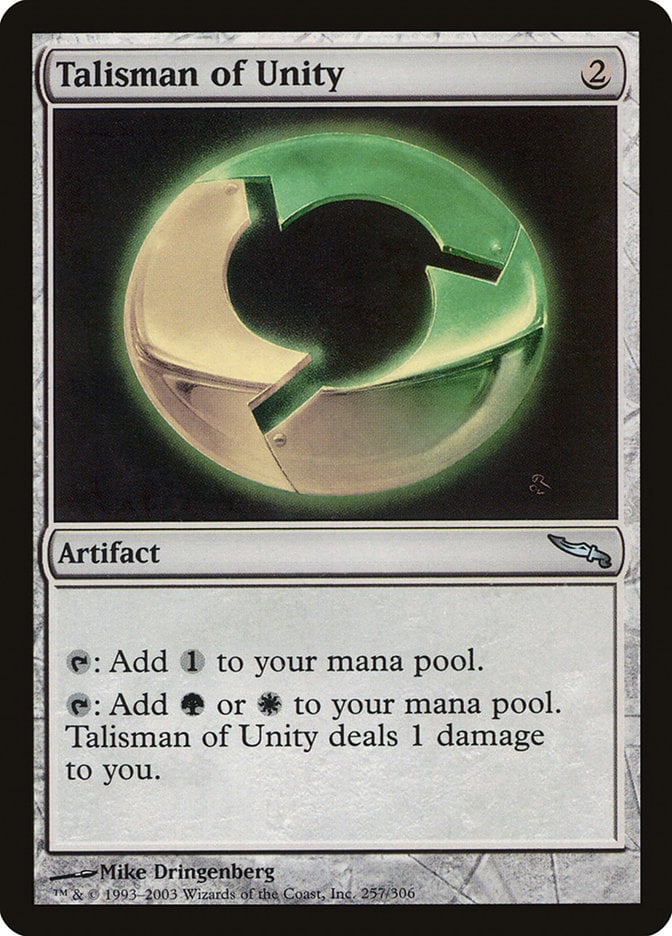

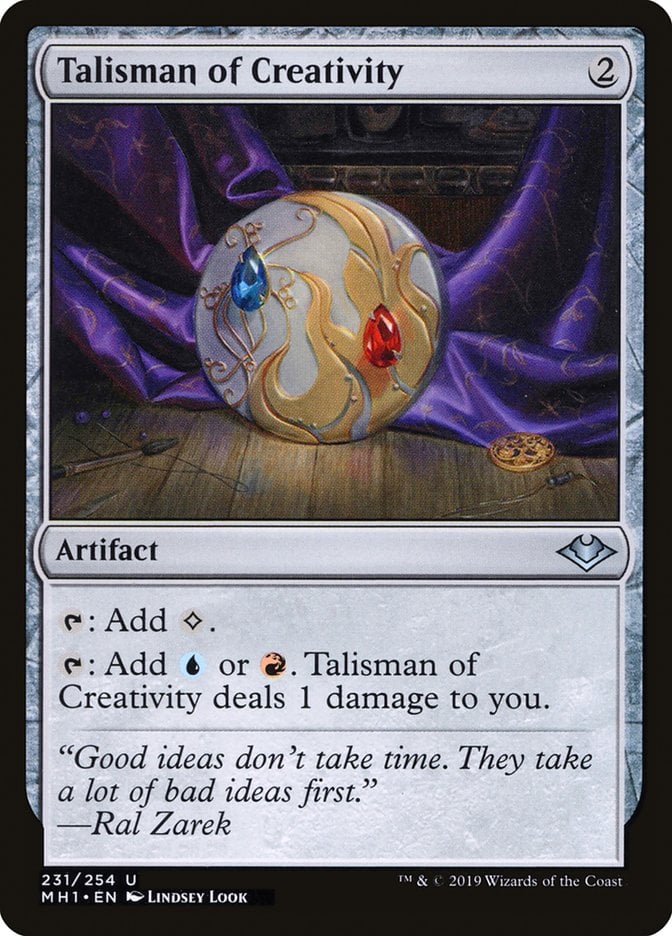

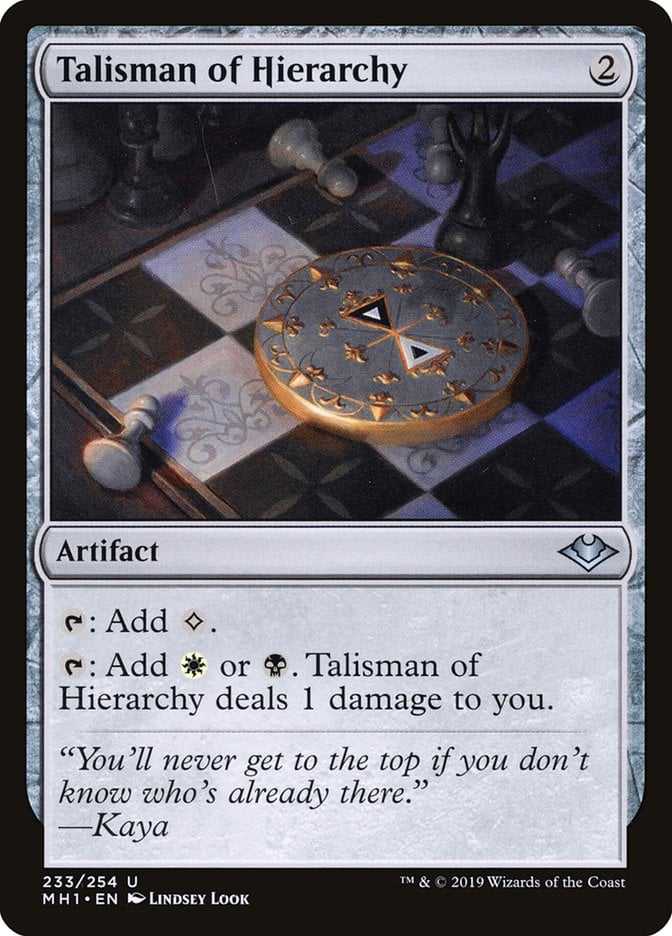
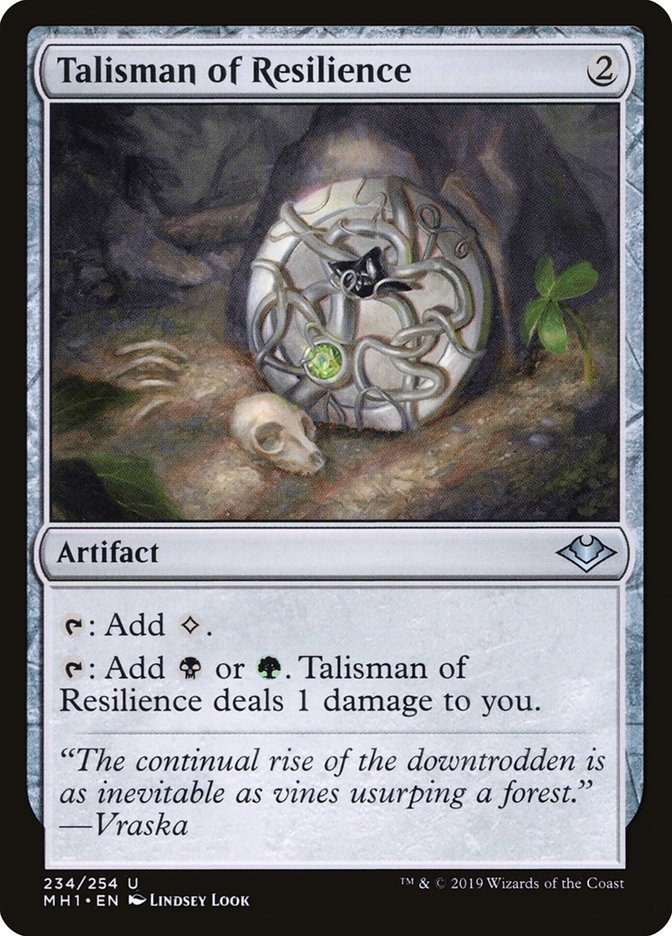
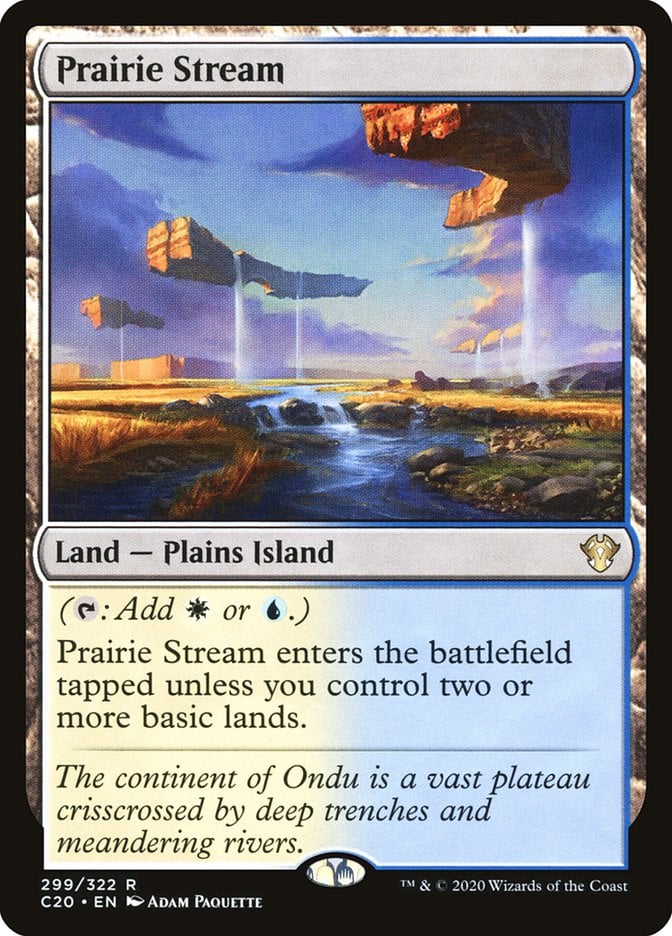
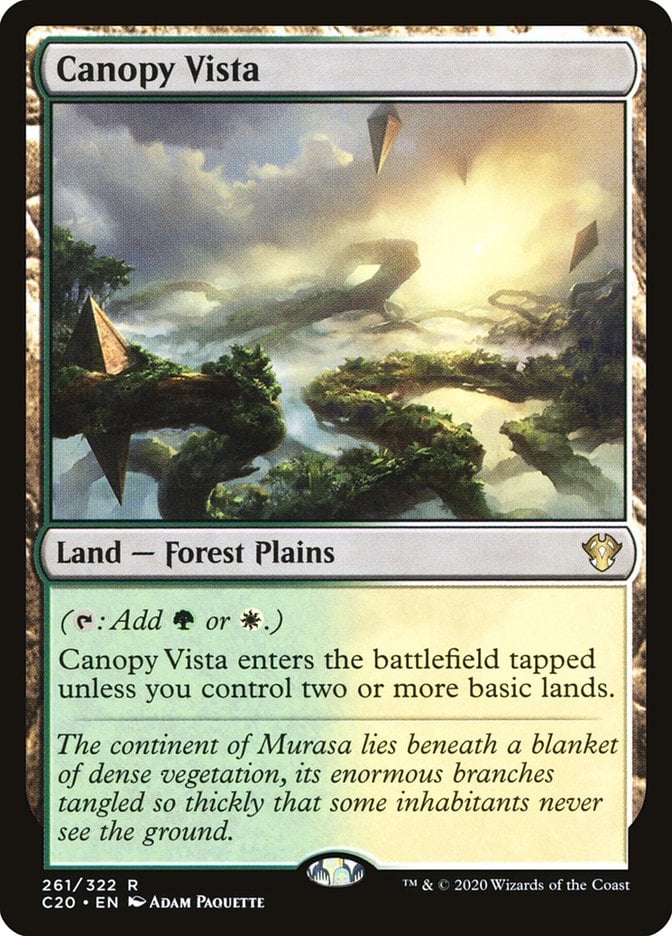

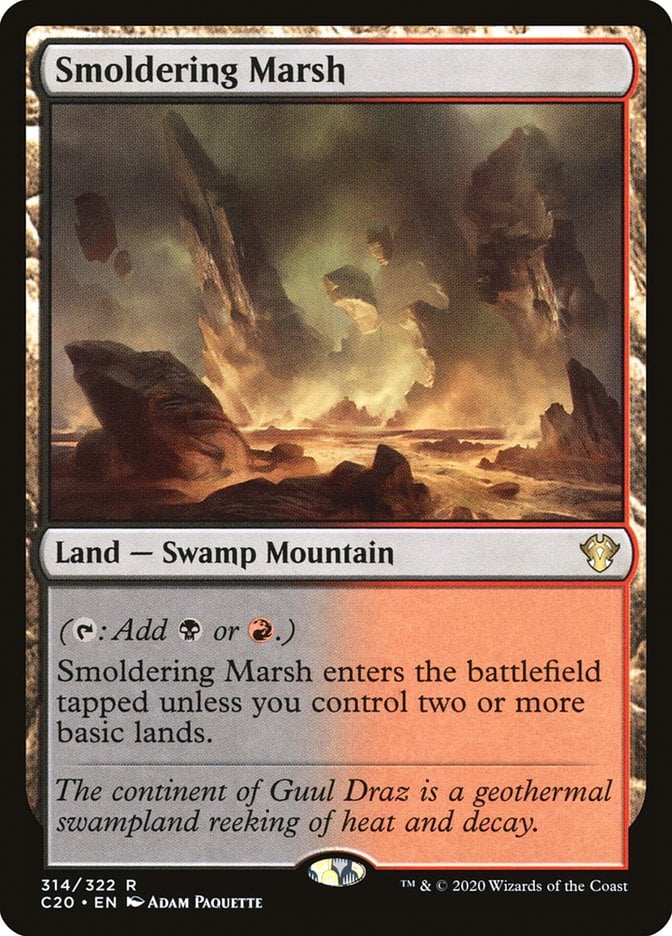

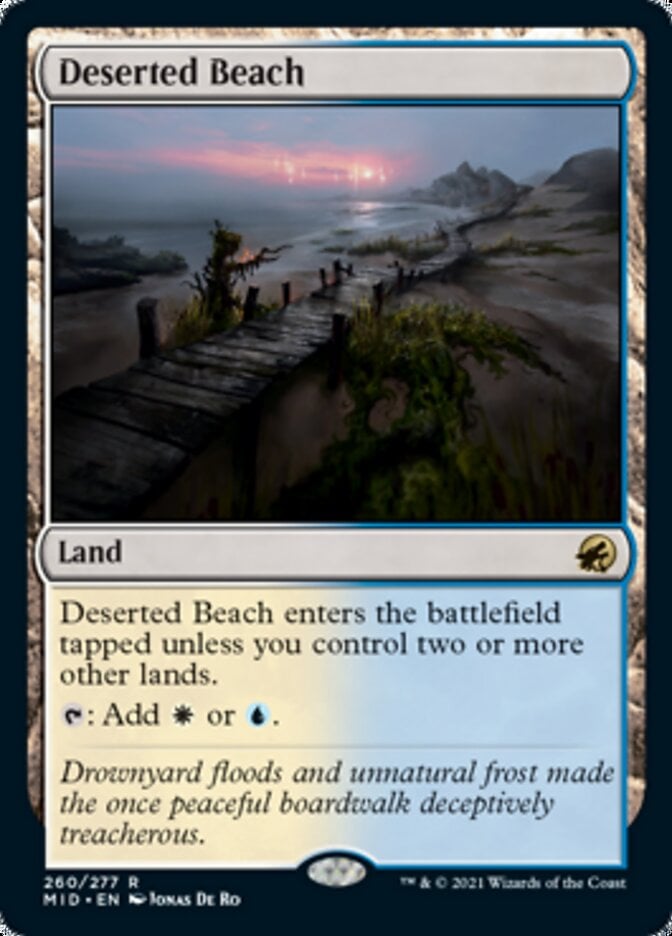
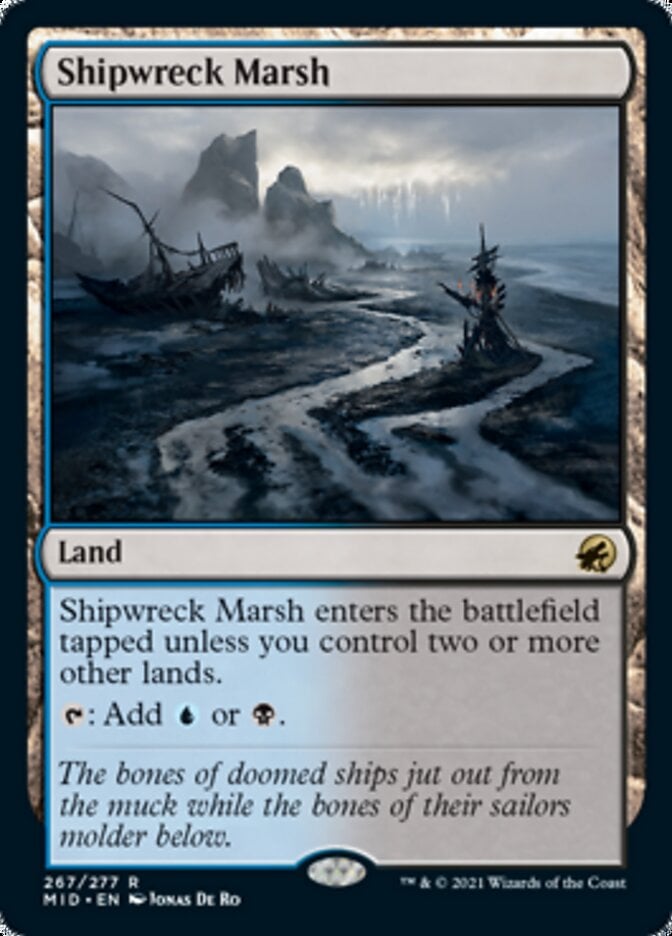
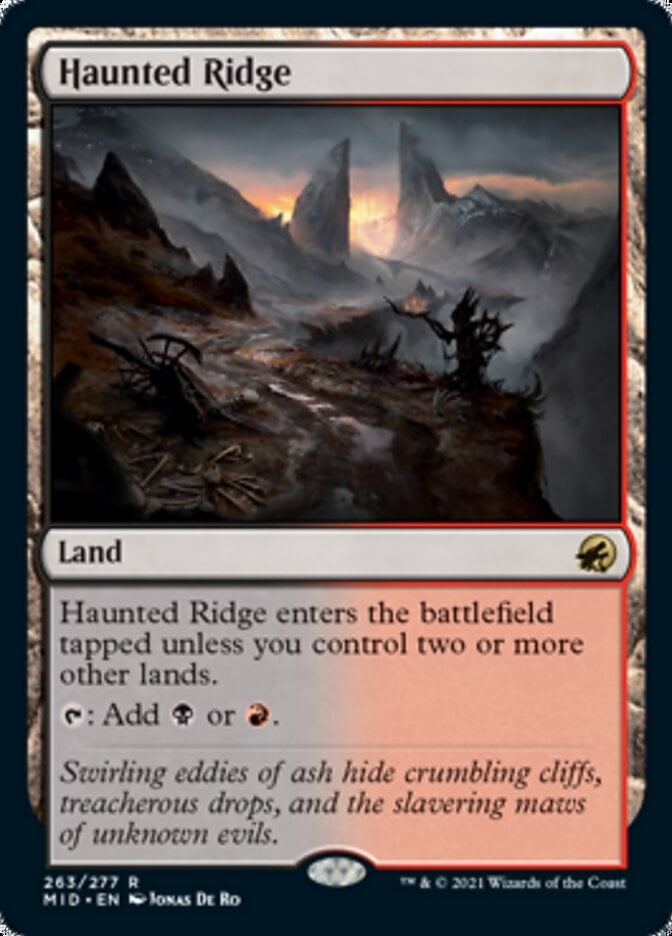


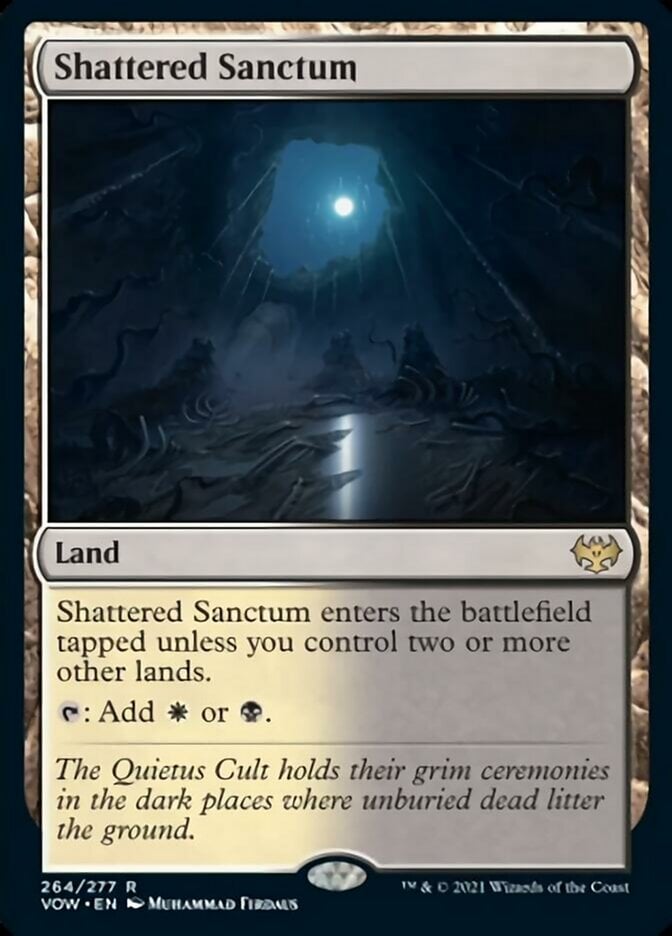


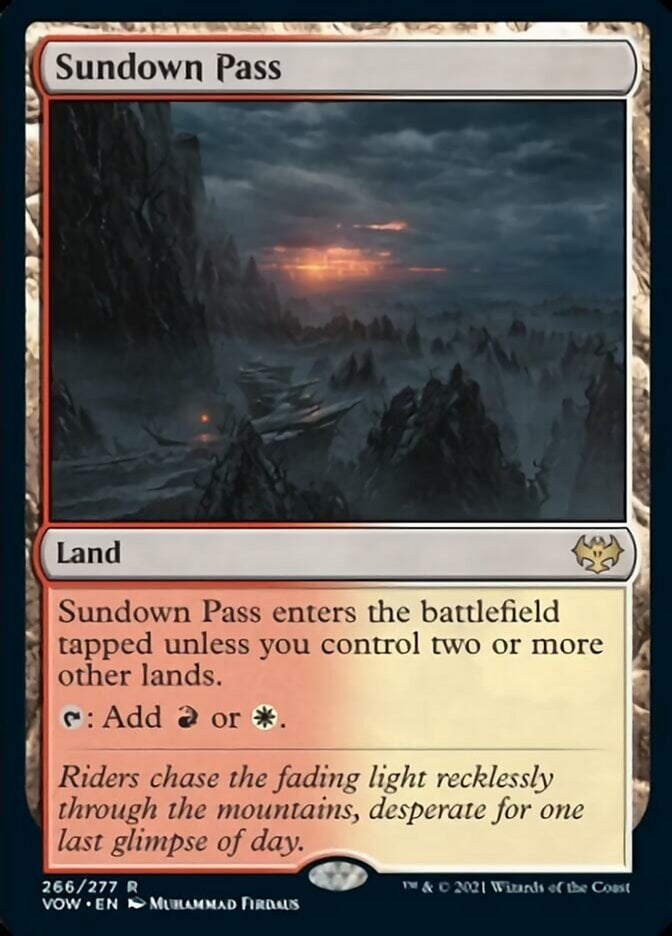
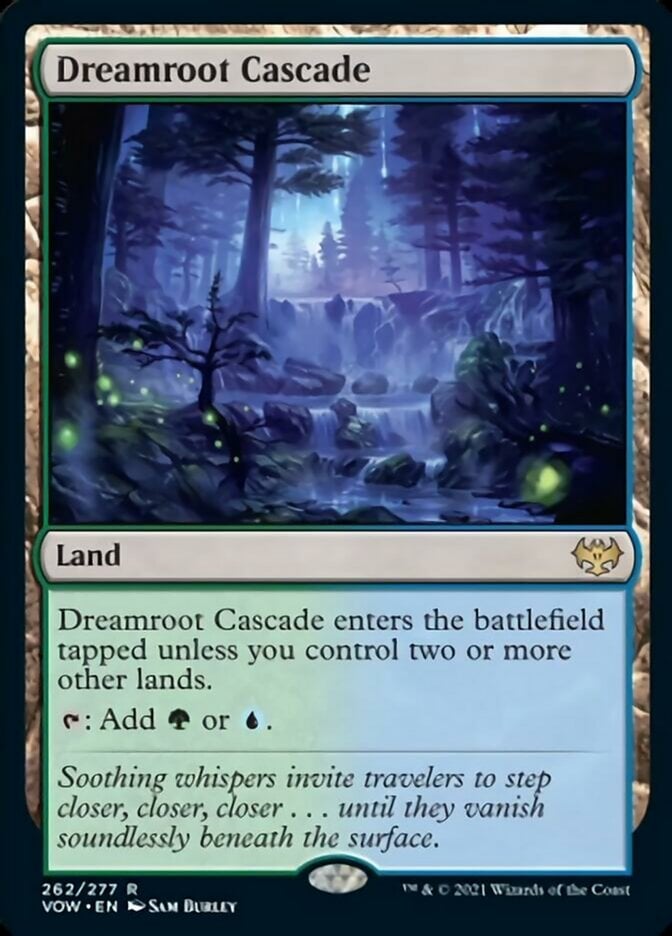

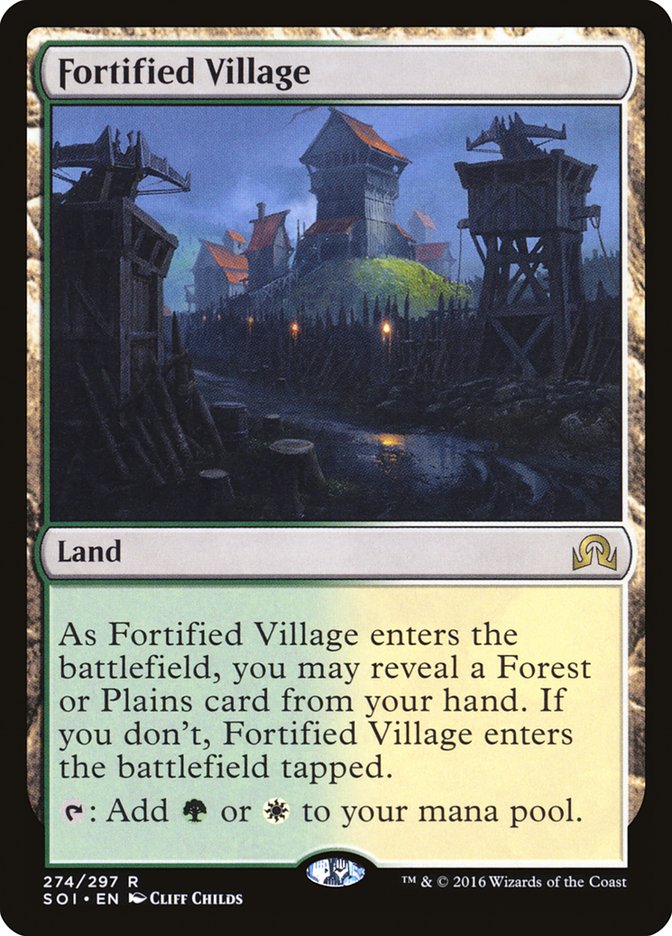
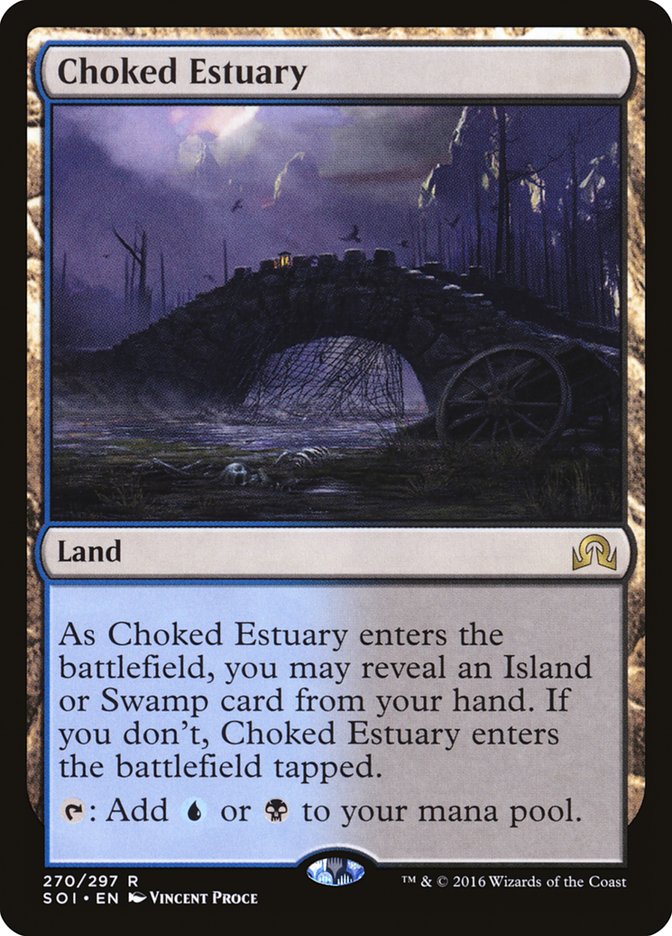
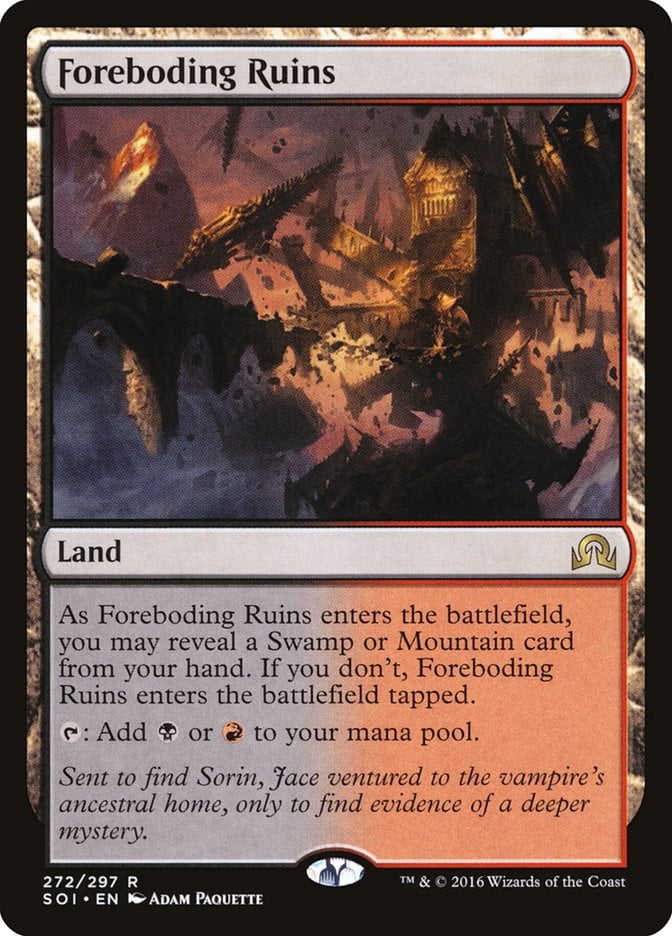
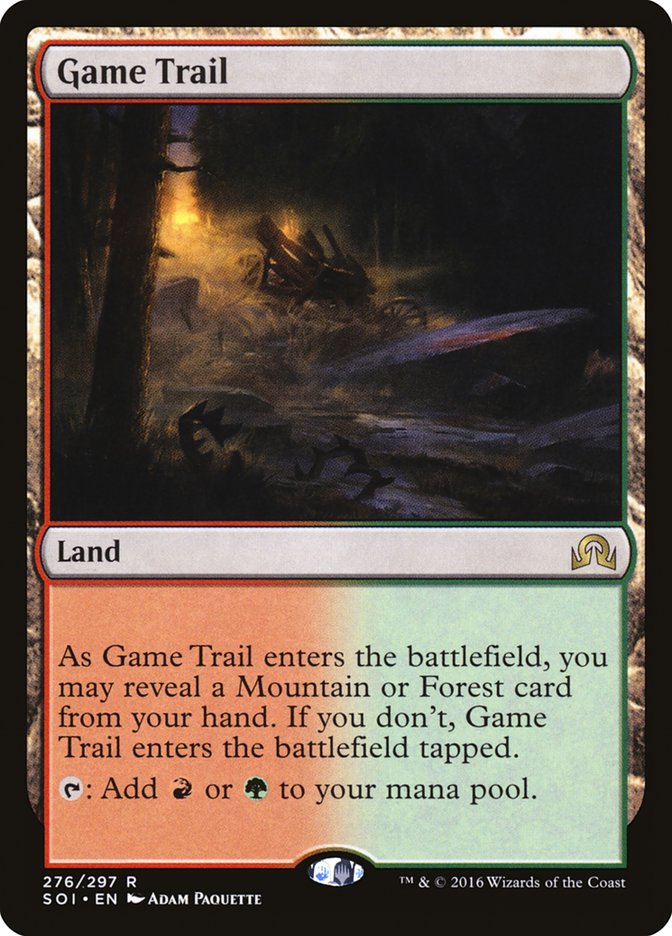
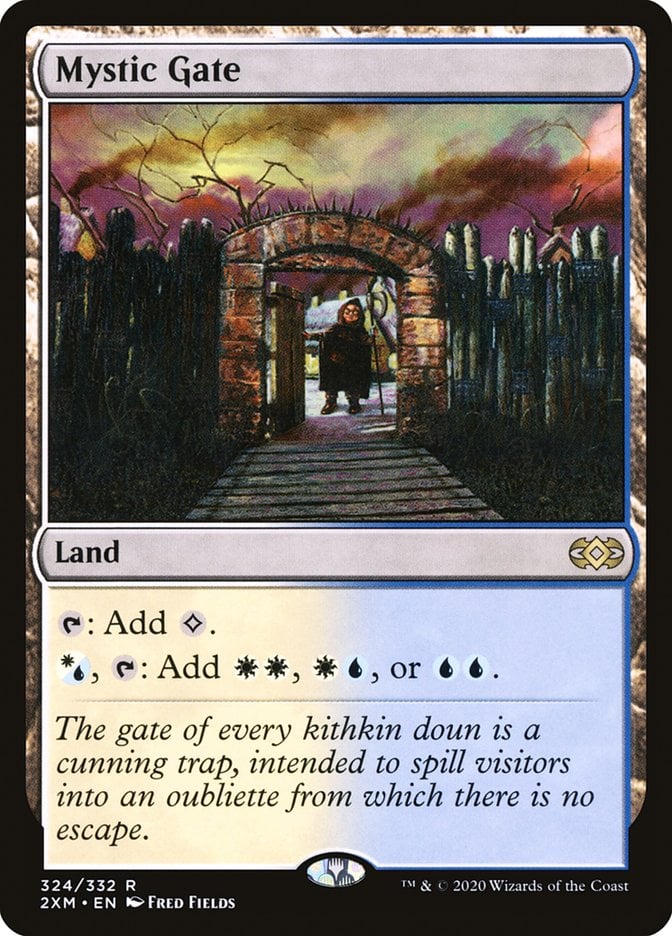
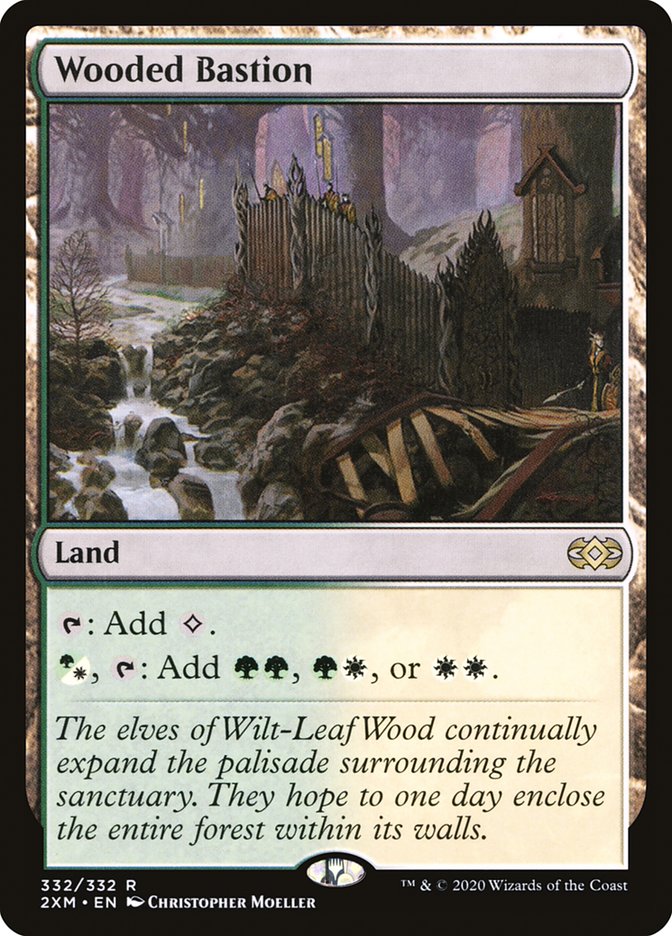
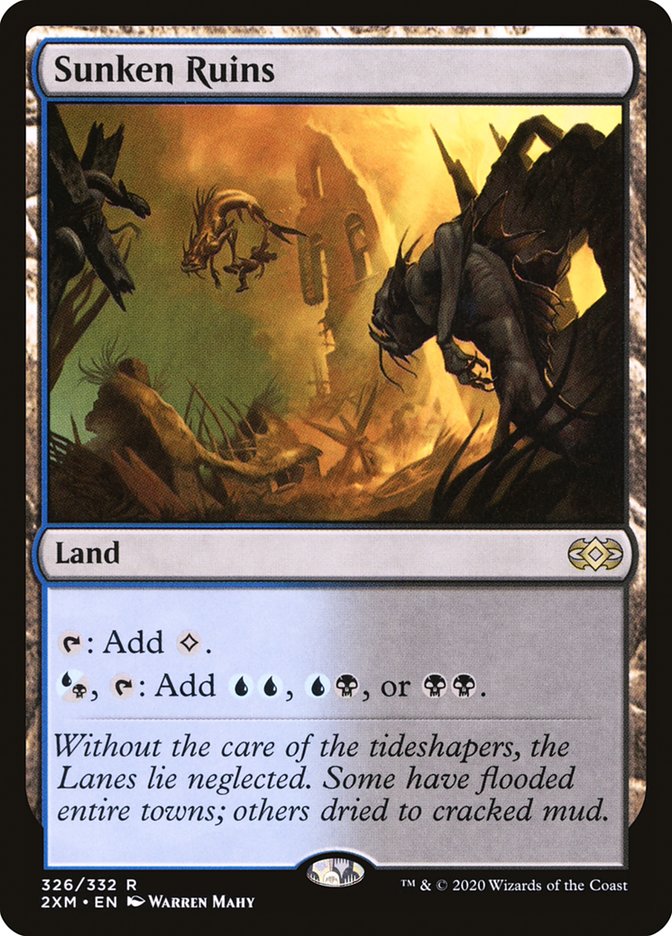
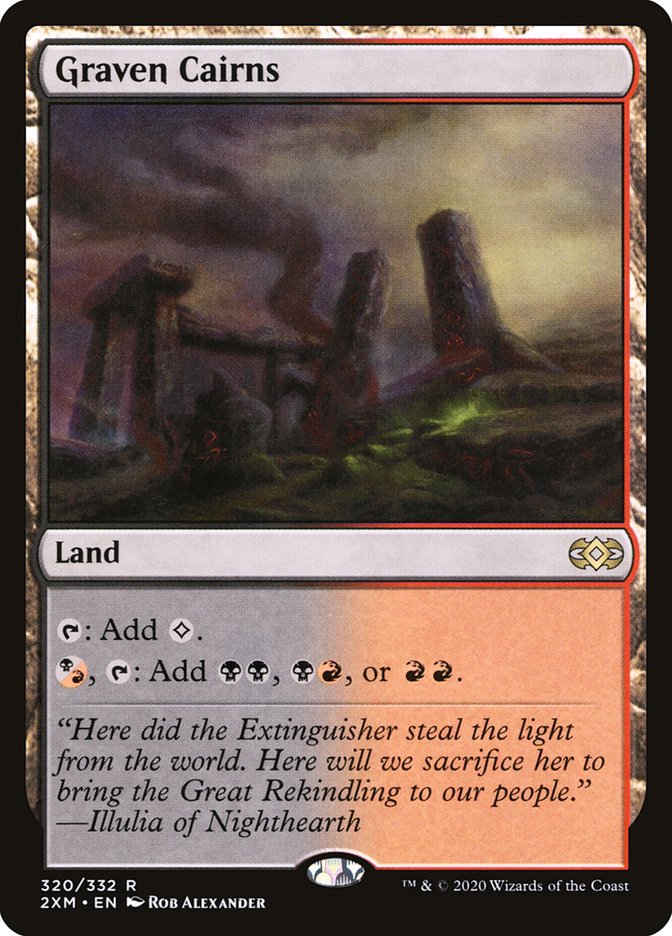
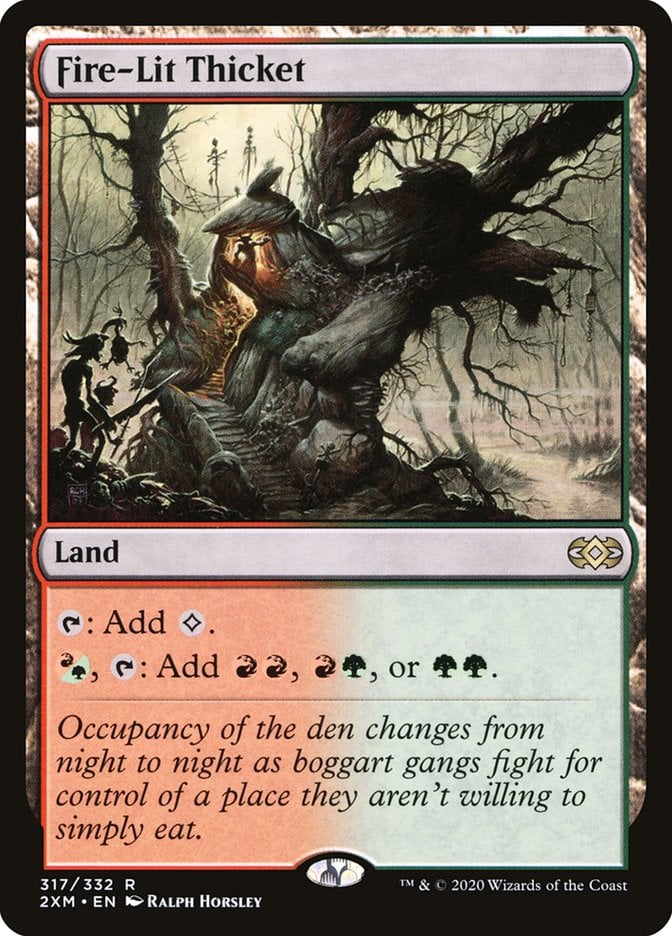



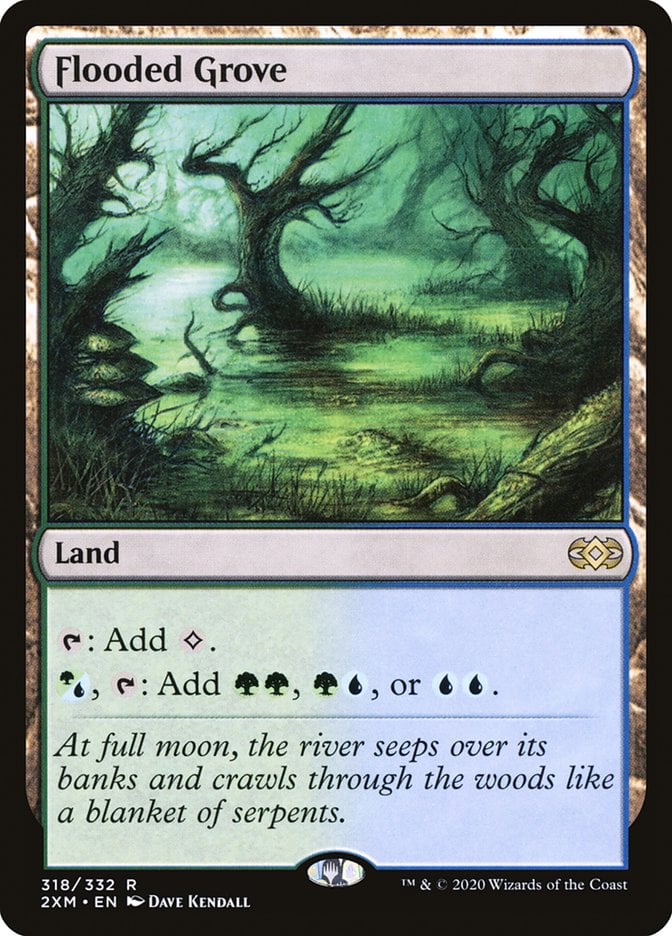
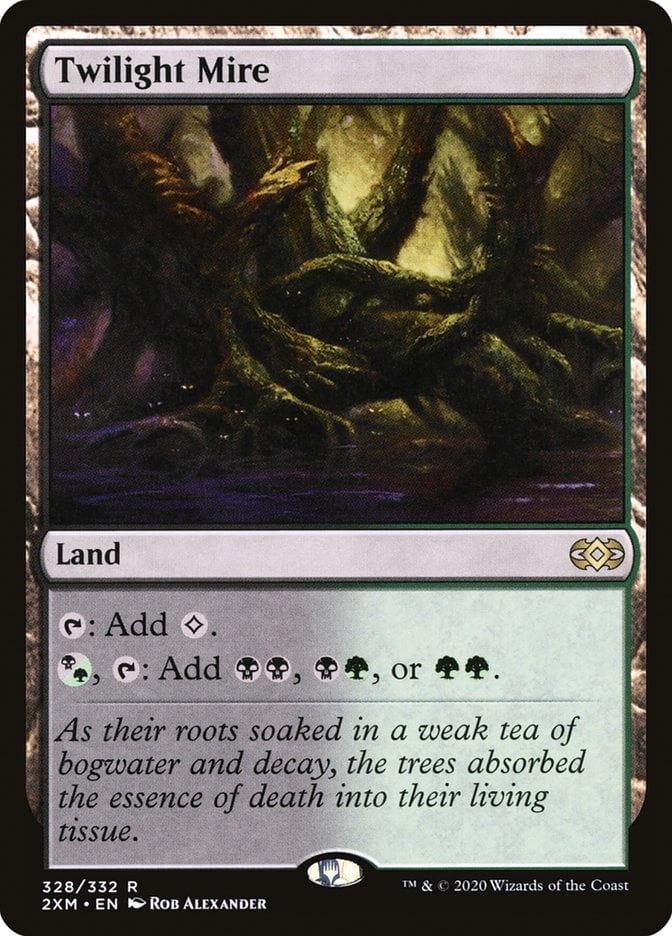

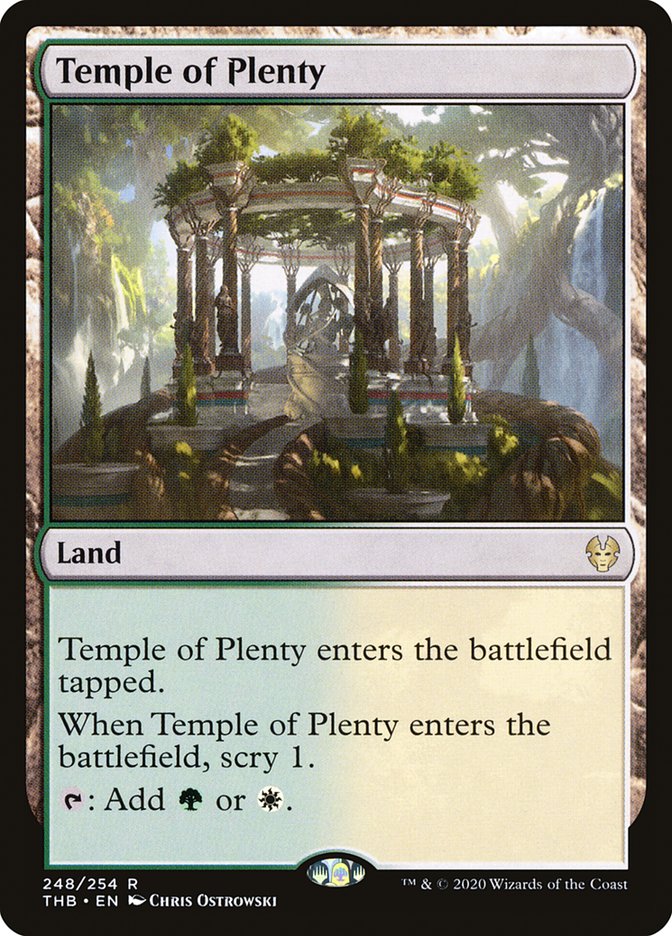
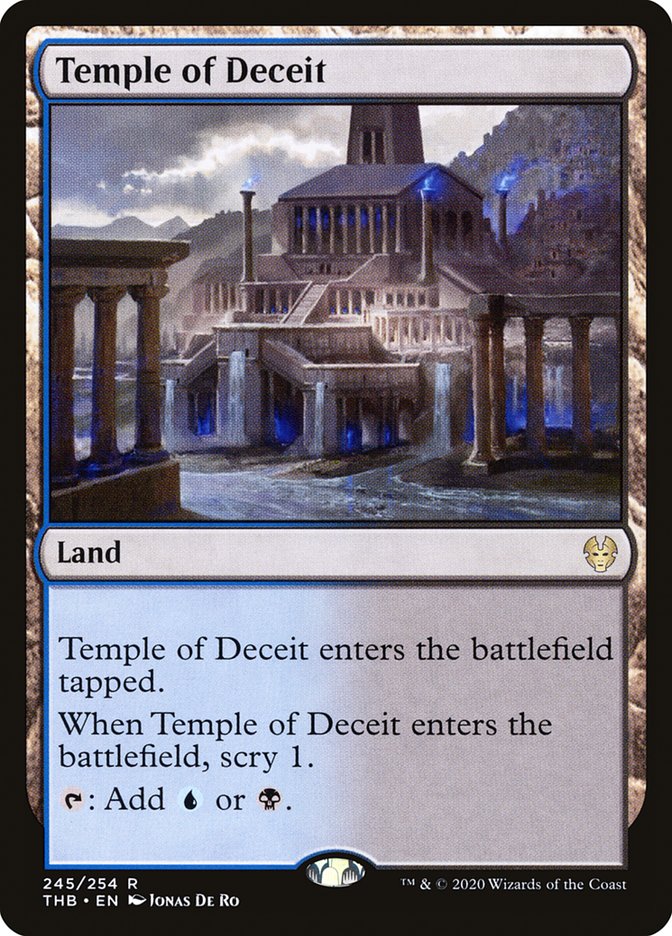
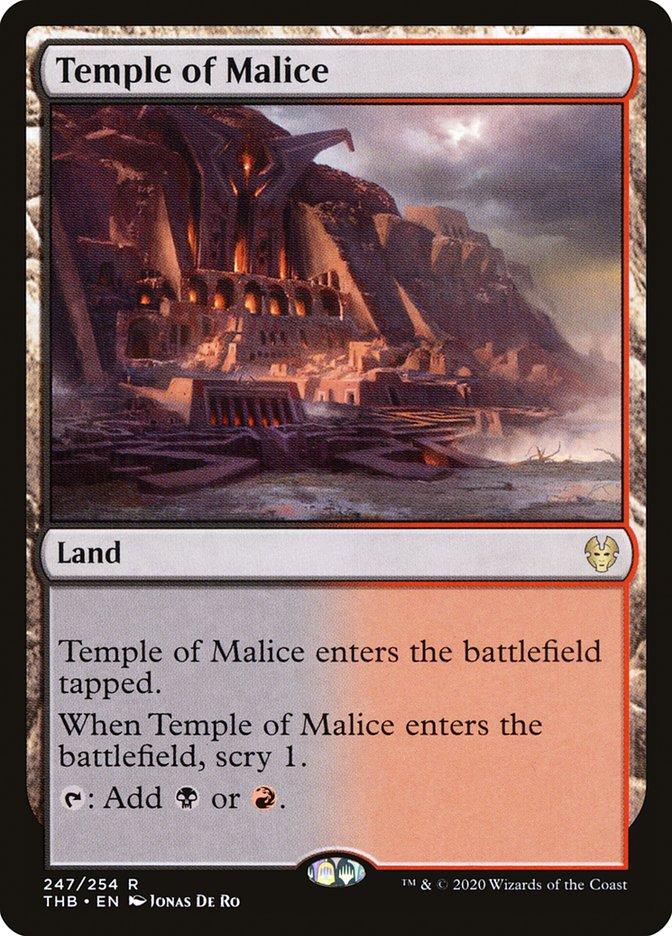
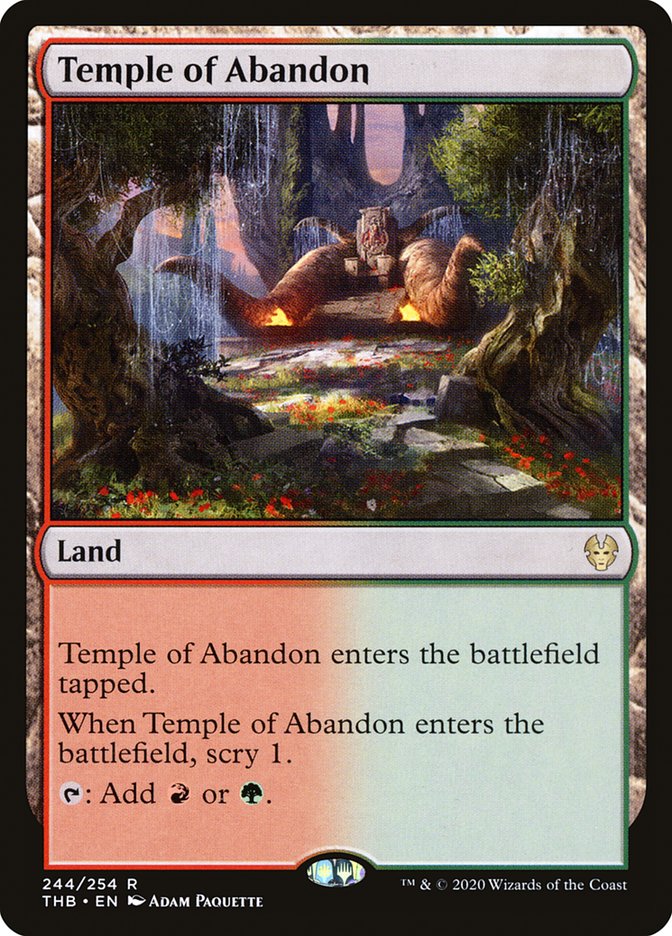
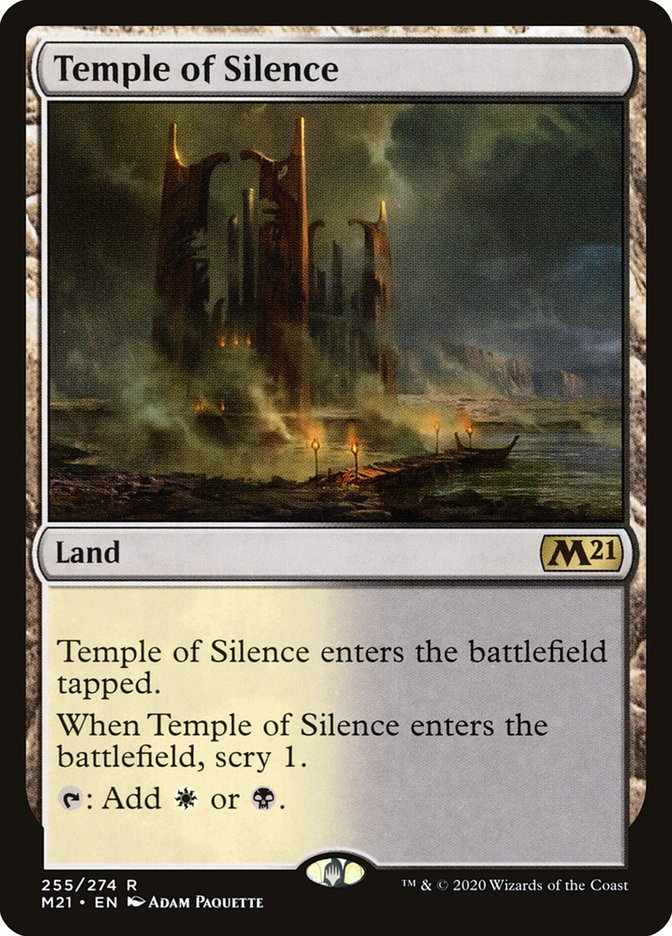

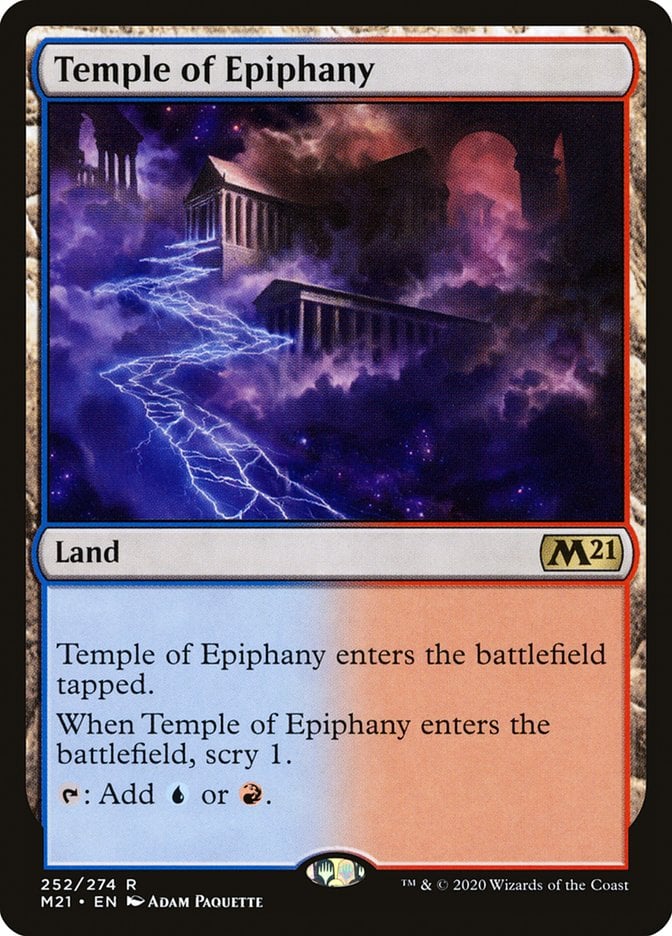
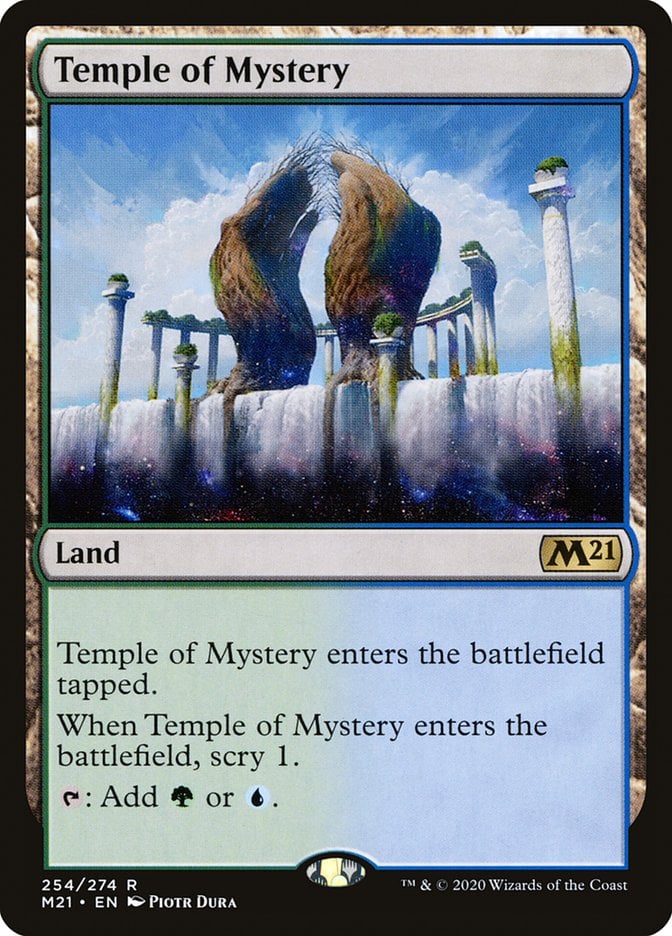
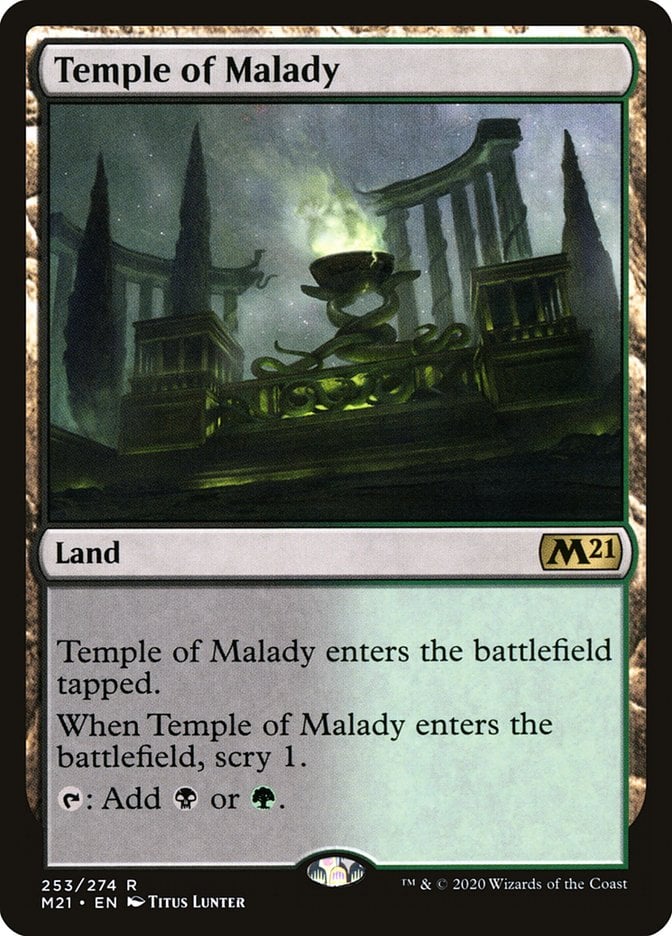
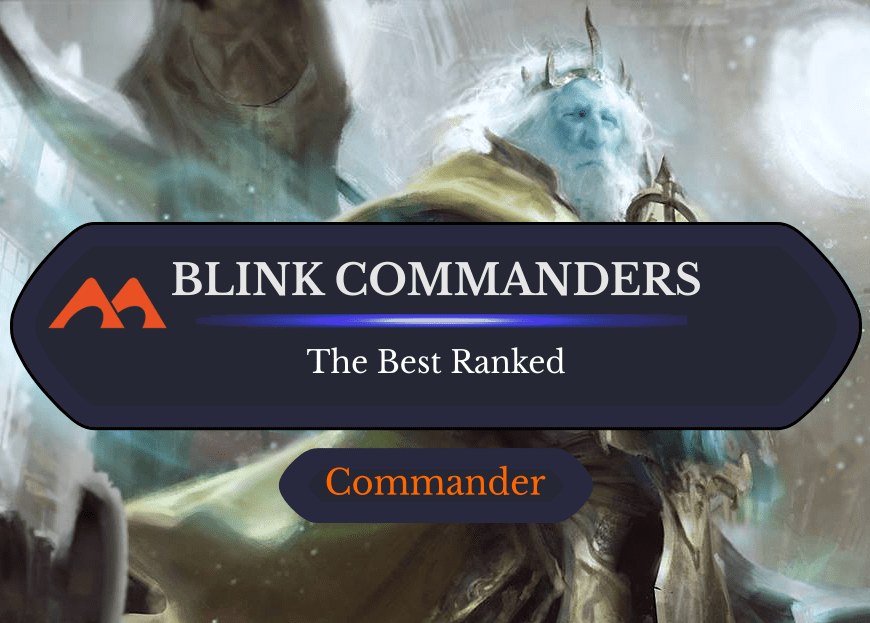
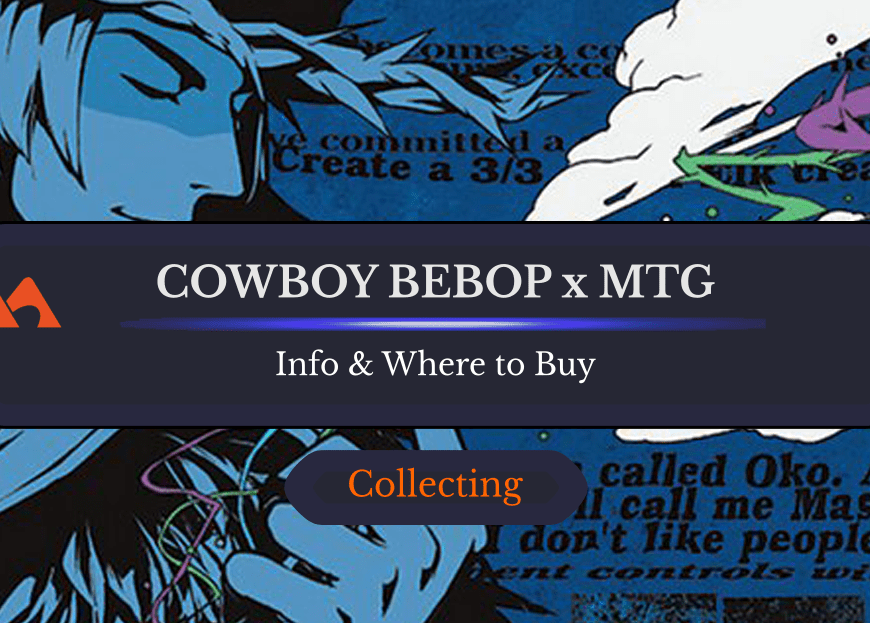
Add Comment